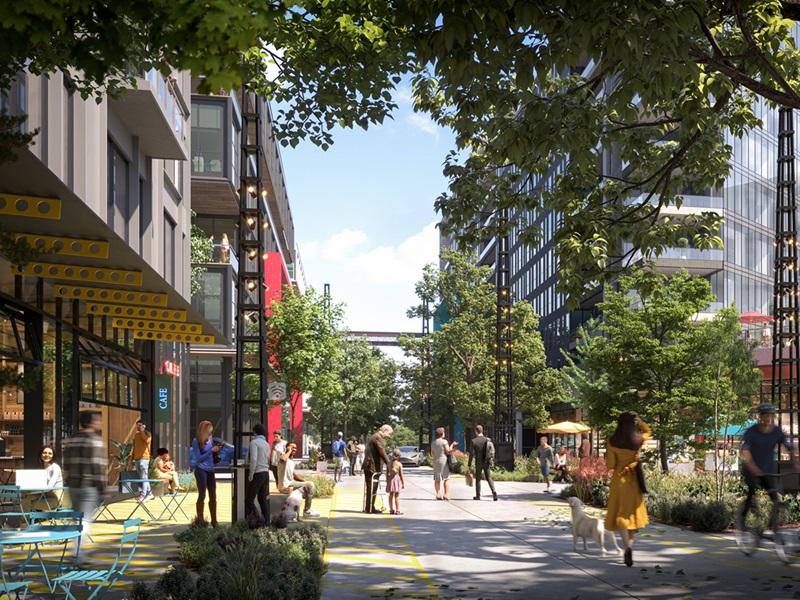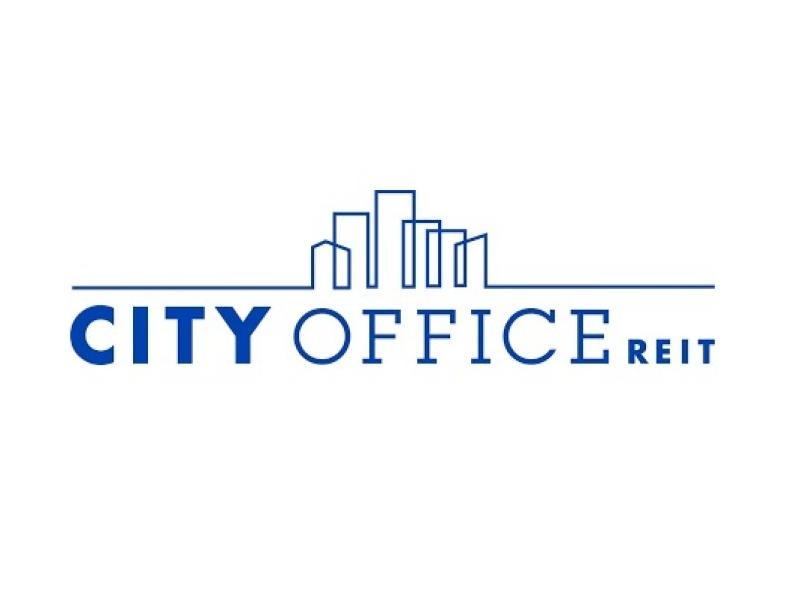
The first panel discussion of the June 5 Land & Development conference in Toronto appropriately dealt with how land values have shifted and the potential for developing residential sites given today’s market and economic conditions.
High tariffs imposed by the United States are having a material impact on the Canadian economy, as is overall national and global economic uncertainty. Combine that with slowing population growth and a lot of new and unsold condominium units on, or coming to the market, and it doesn’t leave a lot of room for optimism.
“We are seeing some land transactions, but not a ton,” CBRE vice-chairman Casey Gallagher said during the event at the Metro Toronto Convention Centre. “What we're expecting to see as a result of this is more distress.”
Integral Strategic Real Estate managing director Andrew Tong said there are 2,300 completed and unsold condo units in Vancouver and another 2,500 unsold units will be completed in the city in the next three months.
Tong cited a completed condo in the Vancouver suburb of Surrey that had about 70 unsold units which the developer put on sale for 25 per cent off on May 31. It wound up selling most of them.
With those types of discounts being offered just to rid slow-moving projects of inventory, Tong said that should translate into land also being heavily discounted or even illiquid.
Canadian conditions better than in the U.S.
Avison Young principal and president of global investment management Amy Erixon was perhaps the most optimistic member of the panel.
“The Canadian market is remarkably stable and we have a lot of liquidity compared to the rest of the world,” she said, adding that we’re in a capital markets recession. Thus, now is a prime time for developers to figure out how to meet the market with their projects and for all stakeholders to work toward creative solutions.
“The debt side of the equation is really strong right now,” First National Financial LP executive vice-president of commercial mortgages Jeremy Wedgbury observed. “The liquidity is very, very high if you compare it to the United States.”
Wedgbury said developers willing to build now can achieve a loan-to-cost ratio of 80 to 85 per cent for a project in Canada — compared to 55 to 60 per cent, and at a dramatically higher interest rate, in the U.S.
Value of land is questionable
“It's just too expensive to build, and therefore land is basically free,” Wedgbury said, noting land and building ownership profiles are much stronger now than during the early 1990s downturn in the market.
“You've got to find ways to build cheaper and build for the mid-market in places like Toronto and Vancouver,” Wedgbury said.
Gallagher countered that land values haven’t gone down to zero for viable development sites and he believes deals can be put together for well-located and well-designed purpose-built rental apartments, as shelter seekers currently see more value in renting than buying.
Panel moderator, and CoStar chief economist and head of market analytics, Carl Gomez said some stabilized new apartment buildings have vacancy rates of 10 per cent because people still can’t afford their rents.
Gallagher said developers working on apartment pro formas aren’t factoring in rent growth for the next couple of years until the number of new building completions drops off in 2027.
Canada Mortgage and Housing Corporation’s impact
The Canada Mortgage and Housing Corporation (CMHC) has been the major driver behind housing construction for the past six or seven years. Wedgbury said CMHC approved $3 billion of new construction deals in 2019, which grew to about $30 billion in 2023.
“They were providing a great deal of liquidity and allowing many new builders to come out of the woodwork, that might have been condo developers or might have been merchant developers in the past, to get into the business and add supply across the country,” Wedgbury said.
Tong said the Canadian housing market would be in even worse shape if it wasn’t for CMHC, but acknowledged it pulled back last year and created a 10 per cent underwriting gap, which means projects either aren’t proceeding or developers are paying high interest rates to secondary lenders. That makes those projects more expensive to build and live in.
It’s very difficult to pencil concrete-built condos, but wood-frame purpose-built rental apartment construction can work because it can be done faster and cheaper, according to Tong. This is working particularly well in Alberta at the moment, and he expects that to continue.
Wedgbury said First National Financial clients in markets including Halifax, Kitchener-Waterloo and London are building with concrete and still doing okay, particularly if CMHC programs are involved. Many of his clients also already own land and aren’t looking to buy more.
Tong said many of his Vancouver clients are moving forward with entitling land for projects because obtaining approvals can take from three to five years and they hope the market will improve by that time.








